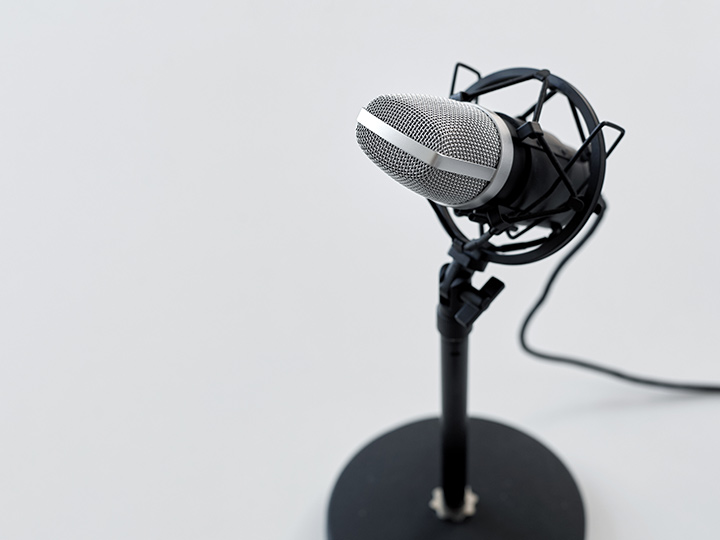The current microphones can be divided into moving coil type, capacitive type, piezoelectric type, etc. from the working principle; from the output signal form, they can be divided into analog microphones and digital microphones. In terms of directionality, it is divided into omnidirectional, unidirectional, and bidirectional (noise cancellation) microphones. Choosing the right microphone is becoming increasingly difficult. There are more and more types of microphones, each with its own strengths, and the quality has become very good. Therefore, in addition to the price, the biggest influencing factor when purchasing is personal preference. Below we will introduce you to the reference elements for a reasonable purchase of a microphone.
microphone
First of all, of course, is a smooth response. When choosing a microphone, the user should be concerned with its frequency response characteristics. The frequency response needs to be broad enough to pick up the entire range of sounds, with no audible change in the quality of natural sound sources. Electrical output impedance is very important. Because it should match the input impedance of the mixer, tape recorder or amplifier. This impedance is in Ω, typically at a frequency of 1kHz. Typical impedance values for dynamic microphones are 150Ω, 200Ω, or 300Ω. As a rule of thumb, the input impedance of the device should be at least 3 times the impedance of the microphone. All mixers on the market today meet this requirement. In addition, there are high-impedance microphones and dual-impedance microphones that can be switched between low and high impedance. The length of the cable connected to the high impedance microphone should not exceed 7m, because the cable capacitance will cause high frequency attenuation.
Among the comparably priced mics, omnidirectional mics typically have a broad, smooth response, while being less sensitive to wheezing, hand-held noise, and wind. They are all very suitable for most applications if there is not too much external noise or too much reverberation. For example, dynamic omnidirectional interview microphones are widely used by journalists. Overload sound pressure is very important mainly for condenser microphones. Condenser microphones operate in a linear state up to a certain sound pressure level (SPL), typically at 1kHz. If the sound pressure exceeds this value, the output signal will be degraded due to harmonic distortion.










